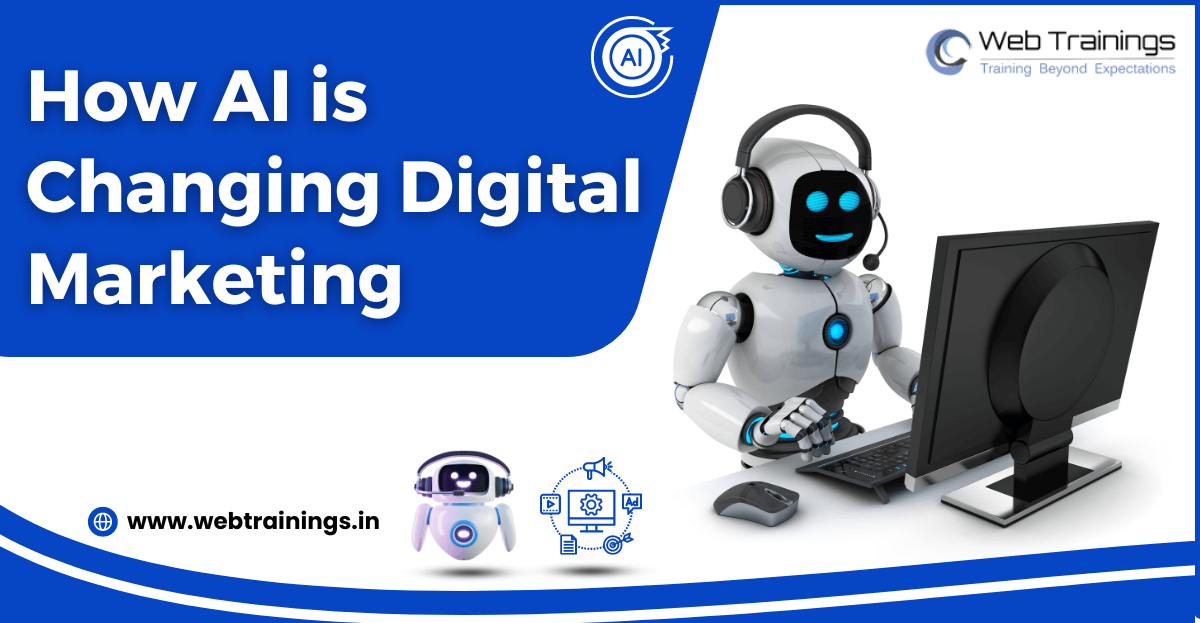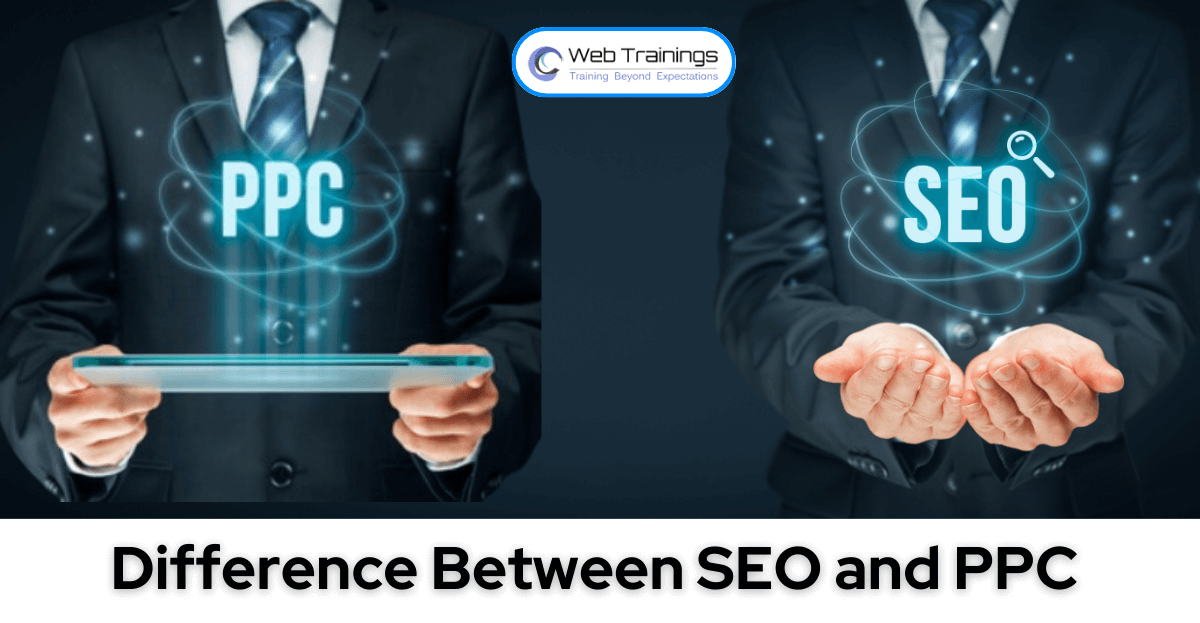What is Growth Hacking?
Growth hacking is a broad term for growth-only strategies. It is usually used for early- stage startups that need massive growth in small budgets in a short time. Sean Ellis, founder, and CEO of GrowthHackers coined the term “growth hacking” in 2010. Growth hacking with digital marketing strategies, particularly designed to obtain as many consumers as possible while spending as limited as possible.
The goal of Hacking Growth?
The goal of the growth hacking strategy is to attract as many users or customers as possible while spending as little as possible.
What is the AAARRR Funnel for Growth Hacking?
AAARRR stands for Awareness, Acquisition, Activation, Revenue, Retention, and Referral. These metrics effectively measure your company’s growth while, at the same time setting some valuable and actionable metric goals for your start-up.
Let us understand each of them and how growth hacking with digital marketing is correlated, Growth hacking uses digital marketing strategies, especially intended to build to acquire as many customers as possible while spending as little as possible.
1. AWARENESS:
The number of people a brand reaches out is directly proportional to its awareness. The number of people who visit or become aware of your services or products is the first step in the AAARRR framework.
Awareness can be further divided into Brand Awareness and Reach, where Brand Awareness is the ability to project your Brand to the maximum number of people in the same category who have shown interest in your Brand and Reach is to showcase your service to the maximum number of unique people.
The primary objective of the awareness funnel is to build up the brand and bring it onto the market.
Awareness funnel helps:
- Track the number of impressions
- Find out about website visits on a daily, weekly or monthly basis.
- The number of searches on Google has happened with your brand name.
- Find Click-through Rate (CTR): This is the percentage of people who click on a hyperlink vs. the number of people who see that hyperlink.
- Predict user behavior metrics: The average amount of time visitors spend on specific webpages
2. ACQUISITION:
Acquisition is the second A in the AAARRR framework, which describes how visitors find you and eventually turn you into customers. This step collects information that includes demographic details such as names, emails, and locations from your potential leads.
This information can be obtained from customer interactions with a brand that can even lead to more information, such as email newsletters and promotions.
At this stage of the funnel, the data collected enables digital marketing specialists to find out the buyer persona. The digital marketing specialist helps brands to know how they should be positioned to fit the target market properly.
Targeted Ad campaigns are set up to ensure that the brands fit in their customer persona. This step can also be facilitated by monitoring social media leads and email subscribers.
The metrics given by Acquisition in the AAARRR framework are:
Visitor to Lead Conversion Rate: The Percentage of Website Visitors is converted to Leads. Not only does it show the Site Visitors, but it shows the exact journey of how many Site Visitors and How the Site Visitors have been converted to Leads.
Acquisition cost: It is a measure of the cost incurred in the acquisition of a single customer.
Average Deal Cycle: It is the time duration when the customer first interacts with your services and ends up being a customer after the Successful Deal.
It is a process to track every step of the customer’s journey, and merely not just to look at the final conversion of a paying customer.
3. ACTIVATION:
Activation is the first engagement of your customer or leads to your product, brand, or service. It may be spending a specific amount of time on your website, download your app, sign up, or use a free trial offered by your brand to new customers.
The most important part of this step is that your brand offers a solution to your client’s problems or needs. If your solution and the needs of the consumer match up, and they’re engaging, it’s called Activation.
You can track your leads and find out who the customers are who are ready to make a purchase or upgrade the service you offer to become a recurring customer. You can even measure and track your customer’s journey to find out the average time taken by customers from the first phase of engagement to active users.
4. RETENTION:
Retention is the fourth step in the AAARRR framework and is the first step in measuring the success of any product or service offered by a company. Retention means that customers come back to use your product or services on a regular basis.
Customer retention evaluates not only the marketing efforts of the brand but also the success of the product as a whole. You first acquire leads, then you activate them for customers. Once activated as a customer, you need to have a strategy in place to keep it going that comes under retention.
I think the retention of existing customers is much more challenging than the acquisition of a new customer, as retention needs a much more logical effort than a fresh new lead. Although a fresh lead requires more investment than the retention of existing customers. Moreover, no company can achieve growth simply by focusing on new leads and losing its existing customer base. In the long run, it’s much cheaper and easier to cross-sell or re-sell to an existing customer that you’ve already acquired than to “fresh new lead.”
You can retain your existing user by keeping in touch with existing customers, sending email alerts to new products on a regular basis, inviting them to events, and informing them of any updates to your products or services. A company should maintain an active presence in social media, maintain a healthy commitment and keep up-to-date with the blog section of the website.
In the retention phase, a company may estimate its Customer Lifetime Value, Retention Rate and Churn Rate.
- Customer Lifetime Value: This is the average amount of revenue you receive per customer over your entire engagement period.
- Retention Rate: This is the percentage of customers who stay with your company’s products or services over a given period of time.
- Churn Rate: This is the number of customers your company has lost over a given period of time.
If your Customer Acquisition Rate is higher than Customer Churn Rate, this will measure the growth of your company.
If your churn rate is high, this is a clear message that there is a problem with your product or services or the way your brand communicates to its existing customers.
5. REFERRAL:
One Part of the growth hacking with digital marketing ( AAARRR Framwork ) part is growth is by referral. If your existing customer recommends your product or service to other potential customers, it is more likely to gain market trust quickly. Even customers are likely to purchase from brands or businesses that their friends and family are recommending.
To drive referrals to your existing users on a regular basis, you need to have a systematic process in place that encourages and generates revenue for them consistently. You can encourage customers to give reviews that have had very positive experiences with your brand. Social media Presence and outreach campaigns play a key role in the refereeing process.
The metrics that a brand can examine at this stage are NPS Score, Viral Coefficient, Social Shares and Customer Satisfaction.
- NPS Score: A score ranging from-100 to +100 indicates how willing your customers are when it comes to referring to your products and services.
- Viral Coefficient: It is a metric that shows the number of new unique users that the existing customer refers to you. The higher the viral coefficient, the greater the growth of the brand.
- Social Shares: You can measure how often your customers share your content with their social media networks.
- Customer Satisfaction: If your customers are satisfied, it is more likely that your customers will remain loyal to your brand and stick to it when it comes to referring to someone new.
6. REVENUE:
Revenue is the amount of money left to the brand after the combination of all Customer Acquisition Costs (CACs).
In this phase, the Lifetime Value (LTV) and Customer Acquisition Cost (CAC) metric must be the focus of the brand.
CAC refers to all costs incurred during the construction of the customer database. The cost of the CAC involves all costs starting from branding, advertising, sales and other relevant costs for the acquisition of the customer, and LTV is the amount of revenue earned as a profit by the customers during their lifetime remaining as a customer.
Every new startup needs to find a successful monetisation method that works on a long-term plan. By increasing the customer’s lifetime value (LTV) and lowering the Customer Acquisition Cost (CAC), revenue will increase, which represents growth. Ideally, a healthy ratio of CAQ to LTV should be 1:3.
As we conclude the article, we can say,
In summary, the AARRR framework is the simplest and most effective way to optimize your business and measure your growth by using growth hacking with digital marketing.

























